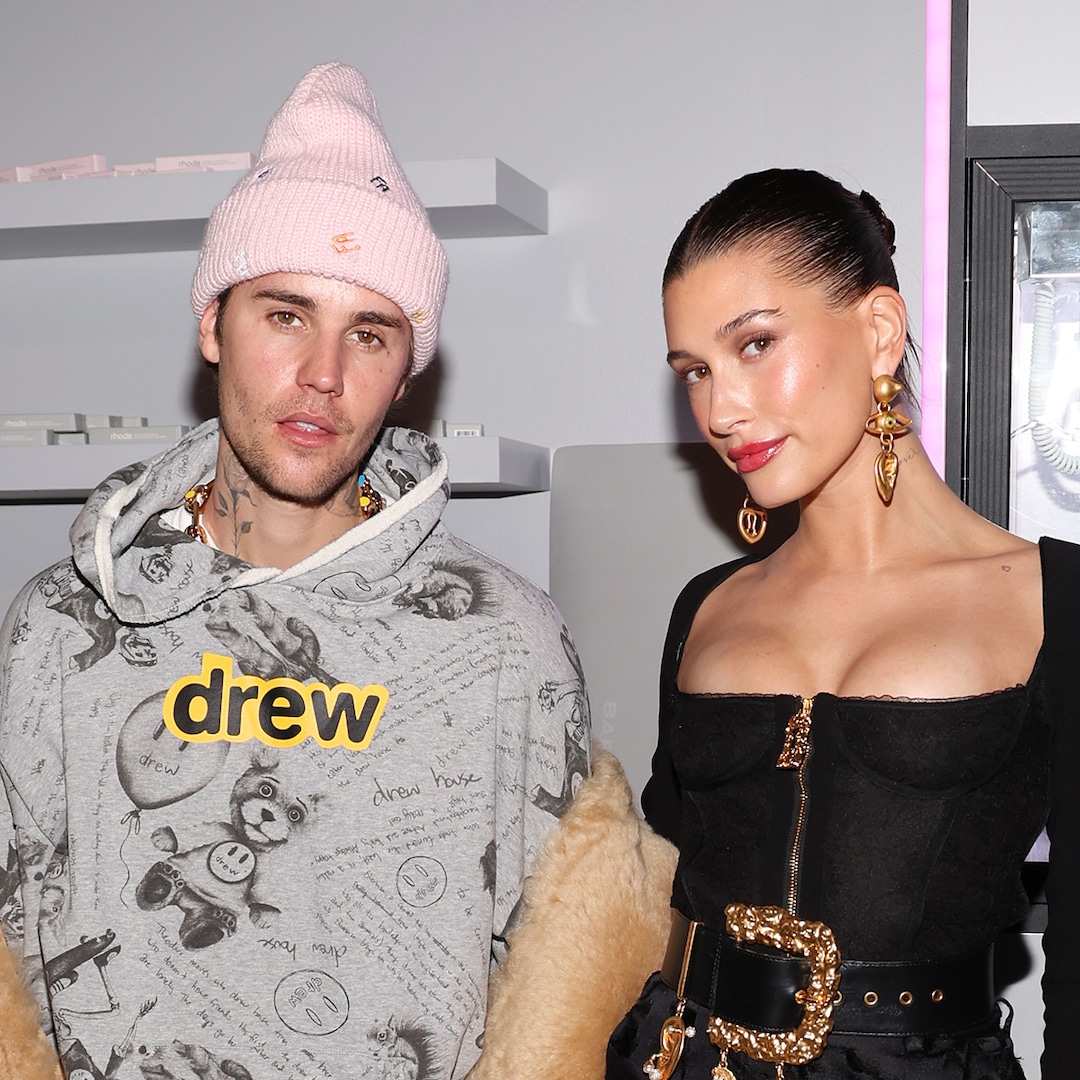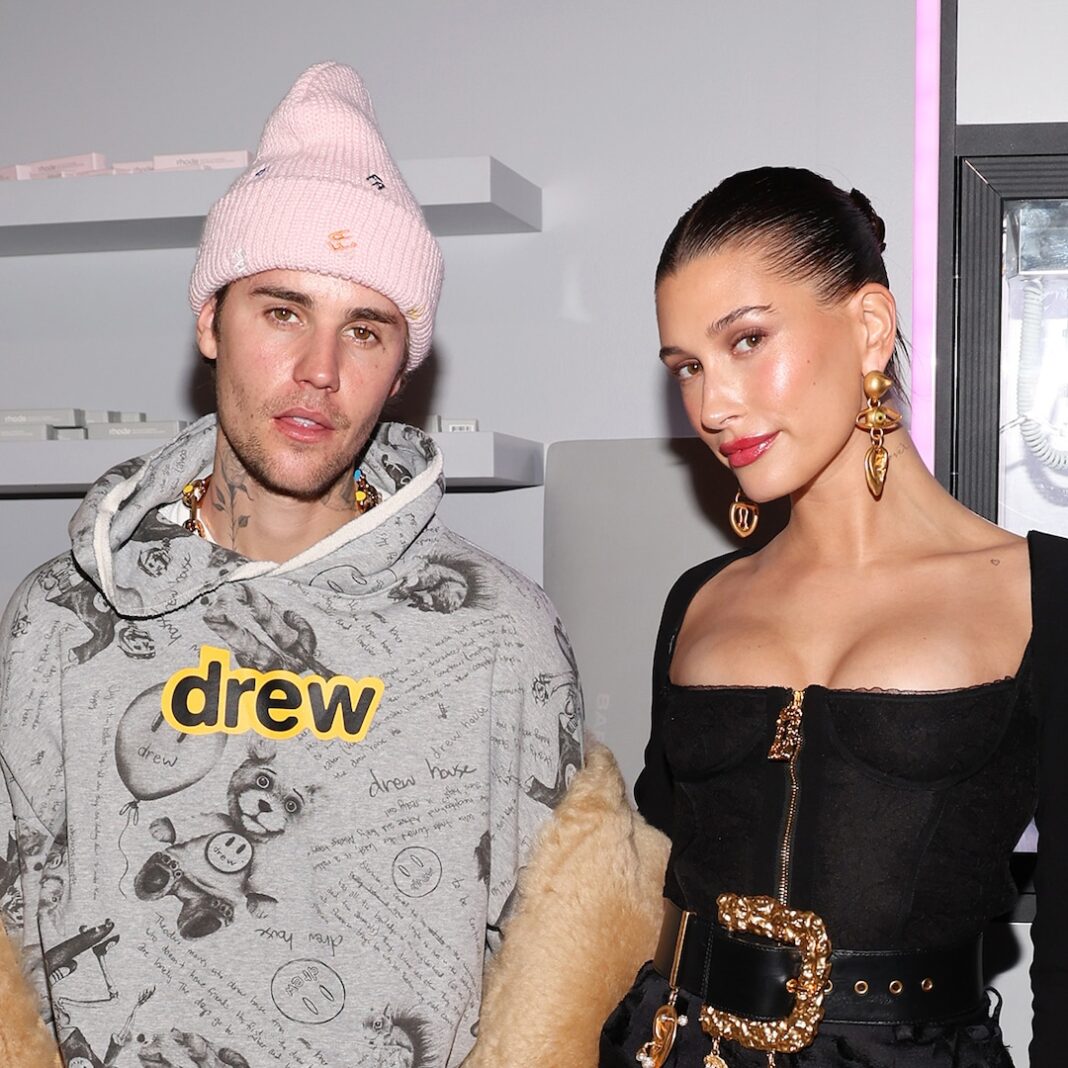## From Drew House to Fade Out: Justin Bieber Steps Back From His Fashion Empire He built a brand on nostalgia, individuality, and a touch of ’90s cool. Justin Bieber’s Drew House, launched in 2019, was more than just a clothing line; it was a lifestyle, a community, a reflection of the pop star’s own evolving style. But now, after six years of vibrant colours, quirky designs, and a loyal fan base, Bieber is stepping away from the helm. E! Online reports the shocking news, leaving fans and fashion enthusiasts alike wondering what’s next for Drew House, and what this move means for Bieber’s future ventures.
Tracing the Brand’s Journey: From Launch to Bieber’s Exit

Drew House, the brainchild of pop icon Justin Bieber and his former stylist Ryan Good, burst onto the fashion scene in January 2019, marking a significant entry into the world of celebrity-driven brands. The label, named after Bieber’s middle name, Drew, quickly gained traction by capitalizing on the immense popularity of the singer, who boasts a massive and devoted fanbase, particularly among Gen Z.
Initially, the brand enjoyed a meteoric rise, fueled by both Bieber’s star power and its distinctive aesthetic. Drew House’s core offerings centered around comfortable, casual wear, featuring hoodies, sweatpants, t-shirts, and slippers, all adorned with the now-iconic smiley face logo. This minimalist yet playful design resonated with the Gen Z consumer, who embraced the brand’s laid-back vibe and effortless cool.
However, the brand’s momentum began to slow in recent years. While Drew House maintained a loyal following, its growth and mainstream appeal seemed to plateau. The departure of key individuals from the brand, including Good, who exited in 2021, further fueled speculation about the brand’s future direction.
Analyzing Drew House’s Aesthetic: The Appeal of Casual Cool & the Smiley Face Logo
The Casual Cool Factor
Drew House’s aesthetic was built on the foundation of “casual cool,” a trend that has permeated youth culture for several years. The brand’s clothing designs prioritized comfort and functionality, eschewing overly stylized or formal silhouettes in favor of relaxed fits and everyday wearability.
This emphasis on comfort resonated deeply with Gen Z consumers, who are increasingly prioritizing authenticity and self-expression over rigid fashion rules. Drew House’s clothing offered a sense of freedom and individuality, allowing wearers to express their personal style while staying true to their comfort zones.
The Smiley Face: A Symbol of Optimism and Community
Central to Drew House’s visual identity was its iconic smiley face logo. The smiley face, a ubiquitous symbol of optimism and positivity, became synonymous with the brand, appearing on everything from hoodies and t-shirts to slippers and accessories.
The logo’s simplicity and memorability contributed to its widespread appeal, making it instantly recognizable and easily adaptable to various design applications. Beyond its aesthetic appeal, the smiley face also served as a symbol of community and belonging, fostering a sense of shared identity among Drew House enthusiasts.
Understanding Drew House’s Target Market: Gen Z & the Bieber Effect
Gen Z: A Culture of Authenticity and Individuality
Drew House’s target market was undeniably Gen Z, the cohort born between 1997 and 2012, who are known for their values of authenticity, individuality, and social consciousness.
Gen Z consumers are highly attuned to brand messaging and values, seeking out brands that align with their own beliefs and aspirations. Drew House’s emphasis on comfort, inclusivity, and self-expression resonated deeply with this generation, making it a natural fit for their wardrobes.
The Bieber Effect: Leveraging Celebrity Power
Beyond its target market appeal, Drew House benefited immensely from the “Bieber Effect,” leveraging the immense star power of its co-founder, Justin Bieber.
Bieber’s global fanbase, particularly among Gen Z, provided an instant and undeniable marketing advantage. His social media presence, merchandise, and tours served as powerful channels for promoting the brand, generating significant buzz and driving sales.
Implications for the Fashion Industry & Bieber’s Career
The Rise & Fall of Celebrity-Driven Fashion Brands: Challenges & Sustainability
The rise and fall of celebrity-driven fashion brands like Drew House highlight the inherent challenges and sustainability issues faced by such ventures.
While the initial hype and celebrity endorsement can propel a brand to rapid success, long-term sustainability often hinges on factors beyond star power, such as strong design, brand identity, and a clear understanding of the target market.
The reliance on a single individual’s image and influence can create vulnerabilities, as evidenced by Bieber’s departure from Drew House. When a celebrity’s image or popularity wanes, the brand’s fortunes can suffer significantly.
How This Exit Shapes Bieber’s Brand Image: Diversification & Future Projects
Bieber’s decision to sever ties with Drew House suggests a conscious effort to diversify his brand portfolio and focus on other ventures.
While the brand’s future remains uncertain, Bieber’s departure allows him to distance himself from any potential negative associations or challenges that Drew House might face.
This move can be viewed as a strategic repositioning, enabling Bieber to explore new creative avenues and build a more sustainable and diverse brand image.
Drew House’s Future: Ownership Transition, Design Direction & Market Relevance
Ownership Transition: Uncertain Future for the Brand
With Bieber’s exit, the ownership and future direction of Drew House remain unclear. The brand’s current owners will need to navigate a challenging landscape, as they seek to maintain its relevance and appeal in a rapidly evolving fashion market.
Design Direction: Finding a New Voice
One key aspect for Drew House’s future success will be its ability to establish a distinct design direction that resonates with its target market.
Without Bieber’s influence, the brand will need to identify its own unique aesthetic and voice, moving beyond its association with the singer’s personal style.
Market Relevance: Adapting to Emerging Trends
The fashion industry is constantly evolving, with new trends and consumer preferences emerging at a rapid pace. Drew House will need to stay ahead of the curve, adapting its designs and marketing strategies to remain relevant and competitive in the long term.
Conclusion
Justin Bieber’s departure from Drew House after six years sends ripples through the fashion industry, raising questions about the future of celebrity-driven brands and the evolving landscape of youth culture. The article highlights Bieber’s dedication to the brand’s unique aesthetic and its impact on his personal style, but ultimately points to the artist’s desire to focus on music and personal pursuits. The decision underscores the inherent challenges of balancing creative control with business demands, especially in the fast-paced world of fashion. While Drew House’s future remains uncertain, Bieber’s exit serves as a timely reminder that even the most successful collaborations can evolve. The brand’s legacy, however, is likely to endure, influencing trends and inspiring future generations of designers. Will it continue to resonate without its founder’s direct involvement? Can it adapt to the ever-changing tastes of its core audience? Only time will tell, but one thing is clear: the story of Drew House is far from over. Perhaps this is a chance for the brand to reinvent itself, finding new voices and perspectives to carry its unique vision forward. The fashion world, always in flux, will be watching closely.

